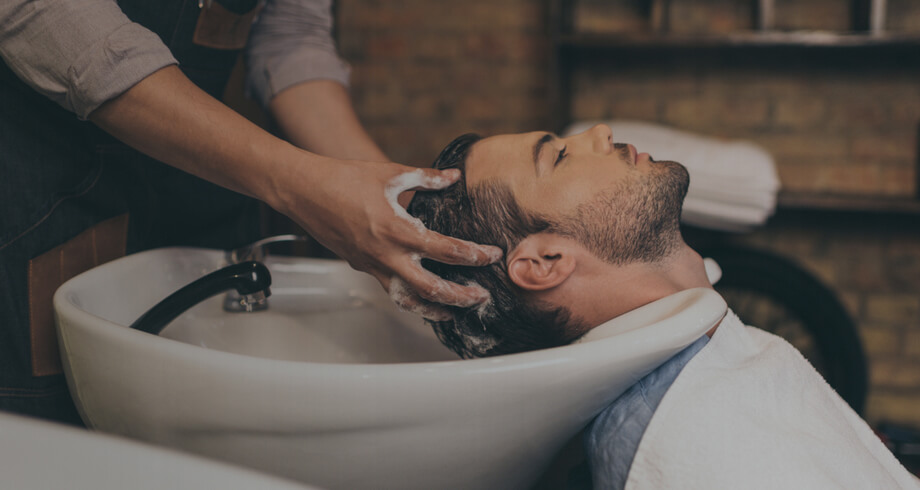
In the world of men’s grooming, the Taper Fade has emerged as a style that seamlessly blends precision and artistry. Known for its gradual transition from longer to shorter hair, the Taper Fade offers a versatile and polished look that suits various hair types and personal styles.
This popular haircut, characterized by its smooth gradient effect, has become a canvas for barbers to showcase their skill. In this exploration, we dive into the intricacies of the Taper Fade, from its origins to styling tips, making it clear why it stands as a cornerstone in the art of men’s hairstyling.
Evolution and Origins
The Taper Fade’s roots can be traced back to the classic taper cut, a traditional men’s haircut that features shorter sides and back with a gradual length increase towards the top. The evolution into the Taper Fade introduced a more pronounced transition, adding an artistic touch to the classic style. It gained prominence in the 1980s and ’90s hip-hop culture, becoming a symbol of urban cool. Today, the Taper Fade has evolved further, incorporating variations that cater to contemporary aesthetics while maintaining its timeless appeal.
The Precision of the Fade
What sets the Taper Fade apart is the precision involved in achieving a seamless gradient. Barbers use a combination of clippers and scissors to create a gradual transition from shorter hair at the neckline and sides to longer hair on top. The key is to maintain a smooth flow, avoiding harsh lines and ensuring a natural blend. The precision of the fade requires skillful hands and an understanding of the client’s hair texture and desired look.
Versatility in Styling
One of the Taper Fade’s greatest assets is its versatility. This haircut complements a range of styles, from short and neat to longer and textured on top. The Taper Fade pairs well with classic side parts, quiffs, and even more modern styles like the faux hawk or textured crop. Its adaptability makes it suitable for various occasions, whether it’s a formal event or a casual day out. The Taper Fade is not just a haircut; it’s a foundation for personalized style expression.
Maintenance and Growing Trends
Maintaining the crispness of a Taper Fade requires regular visits to the barber. A touch-up every 2-4 weeks ensures that the transition remains smooth and the overall look stays sharp. The Taper Fade has also seen interesting variations with trends like the skin fade, where the transition is taken to a near-bald level, offering a bold and modern twist to the classic fade. As grooming trends evolve, the Taper Fade continues to be at the forefront, adapting to new styles and preferences.
Beyond the Barbershop
While the expertise of a skilled barber is essential for a flawless Taper Fade, maintaining the style at home is equally important. Invest in quality styling products to keep the hair on top well-groomed, and don’t forget to communicate openly with your barber about your preferences and lifestyle. The Taper Fade is more than just a haircut; it’s a collaborative process between barber and client, resulting in a look that reflects both skill and personal style.
The Taper Fade is more than a haircut; it’s an art form that combines tradition with modern aesthetics. From its origins to the precision involved, versatility in styling, maintenance tips, and its evolving trends, the Taper Fade continues to be a staple in the world of men’s grooming. Embracing the Taper Fade is not just about following a trend; it’s about engaging in the artistry of hairstyling and finding a look that suits your personality and preferences. So, whether you opt for a classic Taper Fade or experiment with a contemporary variation, appreciate the craftsmanship behind this iconic style that has stood the test of time.

I never thought about the cultural significance of barbershops until I read your post. It’s fascinating how they’ve been community hubs across different cultures and times.
The tips you shared on grooming and maintaining a beard are so practical. It’s evident that the relationship with your barber goes beyond the shop—it’s about continuous care and advice.